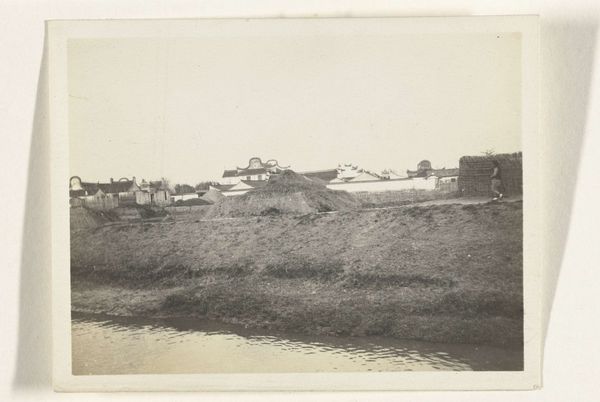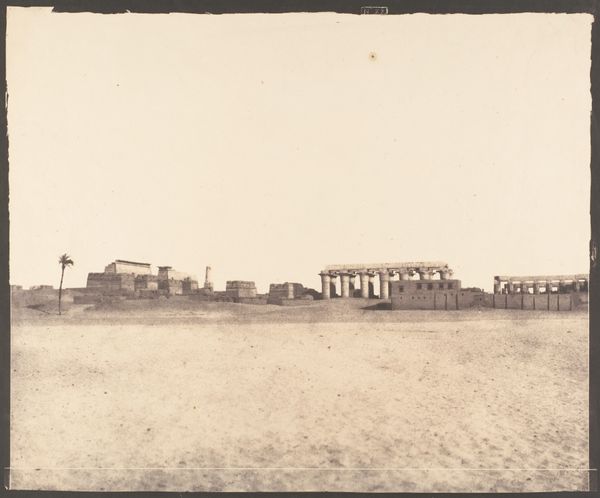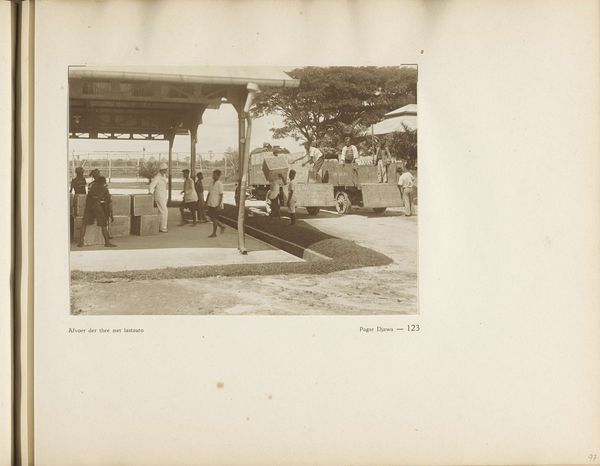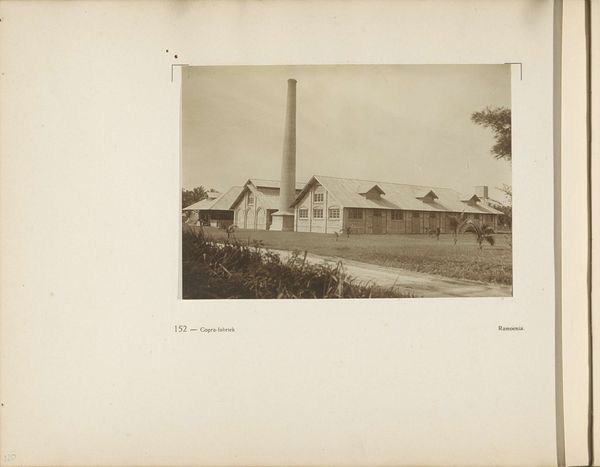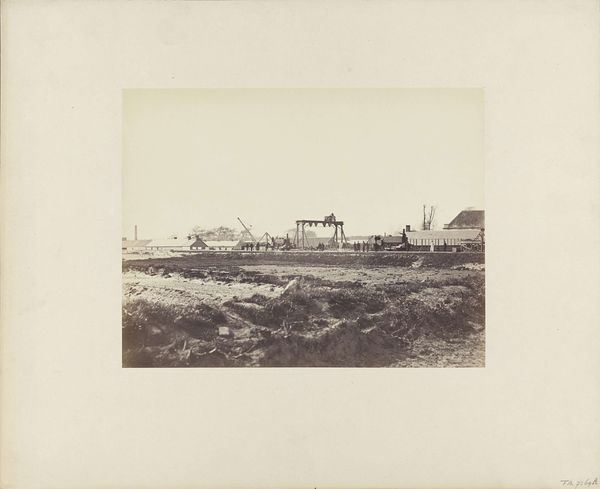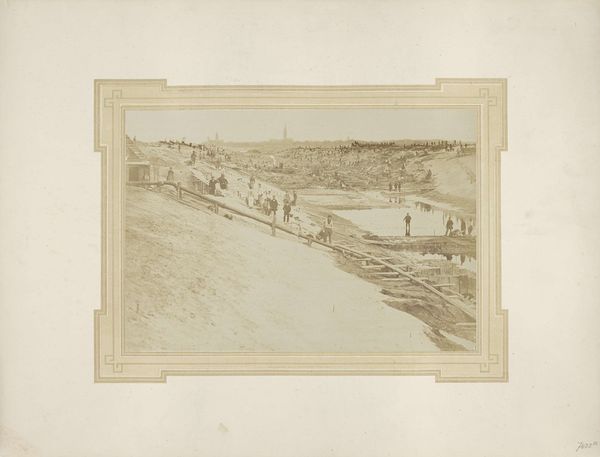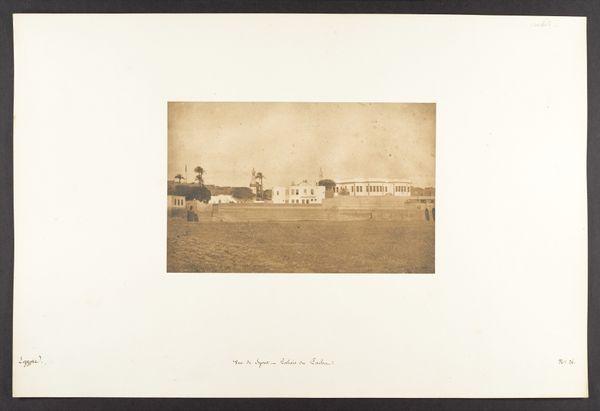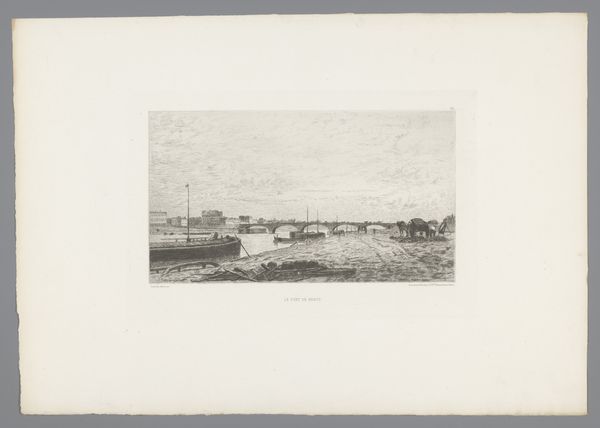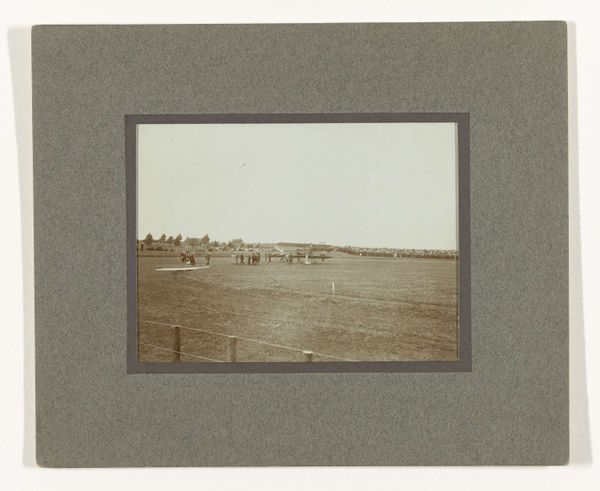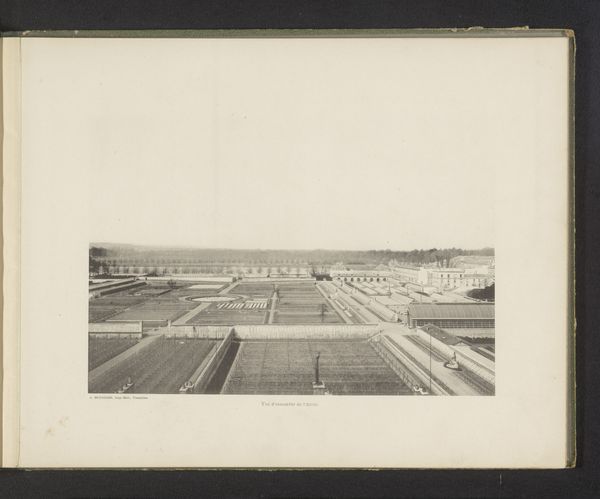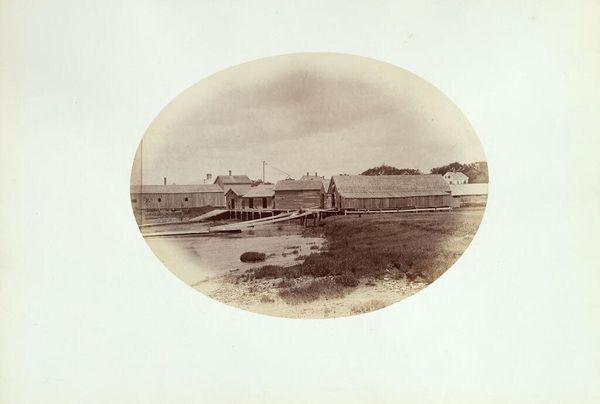
Pagina 69 van fotoboek van de Algemeene Vereeniging van Rubberplanters ter Oostkust van Sumatra (A.V.R.O.S.) c. 1924 - 1925
0:00
0:00
print, photography
# print
#
landscape
#
photography
#
modernism
Dimensions: height 240 mm, width 310 mm
Copyright: Rijks Museum: Open Domain
Editor: Here we have "Page 69 from a Photo Album of the General Association of Rubber Planters on the East Coast of Sumatra" (A.V.R.O.S.), dating to around 1924 or 1925. It's a vintage print and photograph. It’s fascinating how this photograph of a rubber plantation resembles an industrial landscape, so…ordered. What do you see in this piece? Curator: What strikes me immediately is the scale of production it hints at. Look at the repetitive structures, almost a modular design. This wasn't just about aesthetics; it's about optimizing the process of rubber extraction and processing, right? How does the materiality of rubber itself—its journey from tree sap to a globally traded commodity—influence the image's composition and its context? Editor: So, you're saying the image is shaped by the economic forces driving the rubber industry at the time? Curator: Precisely. The photograph isn't just documenting a landscape; it's showcasing the efficient infrastructure designed for maximizing profit. Consider the labor practices involved. This manicured landscape is directly related to resource extraction and the people involved. Can we extract that from viewing the image? Does knowing the purpose change how you perceive the image's message? Editor: I never thought about the workers. How their labor physically shaped this landscape... Curator: Think about the modernist elements as well: The clean lines of the buildings, and even the carefully planted rows of trees mirror modernist principles applied to resource management. And what does it reveal about the power dynamics embedded in colonial resource extraction? How might the landscape itself become a symbol of control and exploitation? Editor: So, it's not just a landscape photo; it's about how rubber production and colonialism reshaped both the environment and society. This helps me to appreciate its layered complexity. Curator: Absolutely. It shows us how art, even something seemingly straightforward like this photograph, is deeply intertwined with social, economic, and material conditions.
Comments
No comments
Be the first to comment and join the conversation on the ultimate creative platform.
